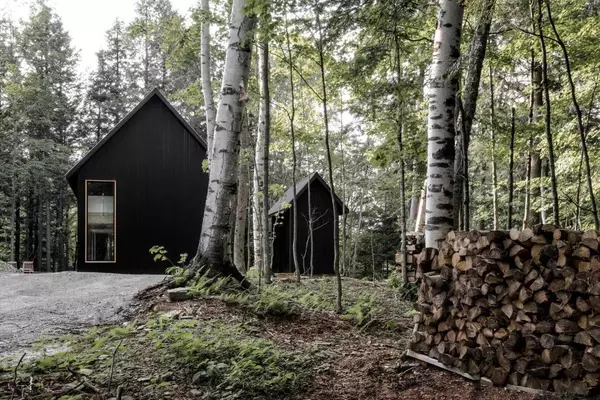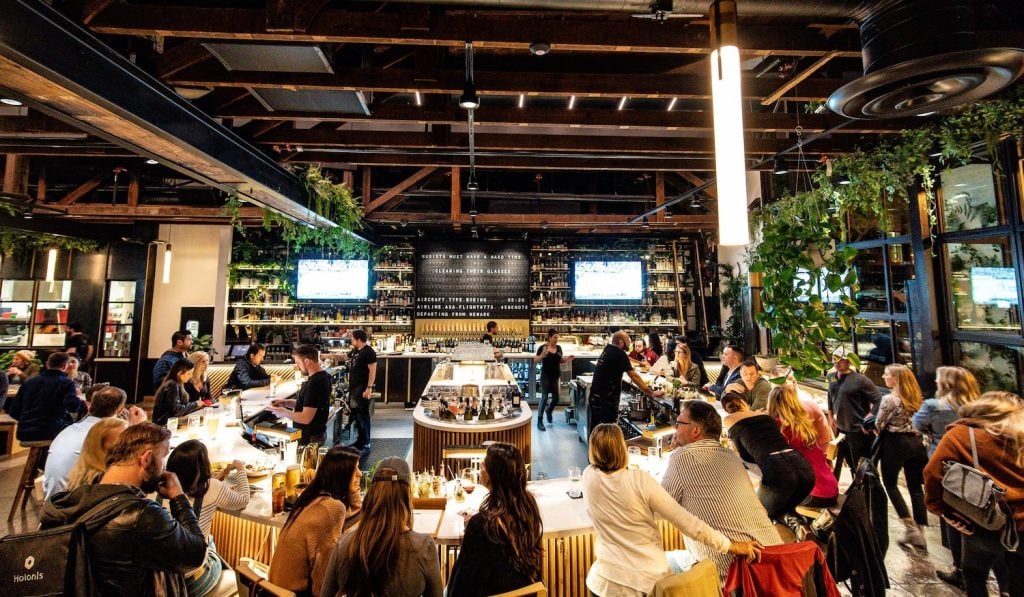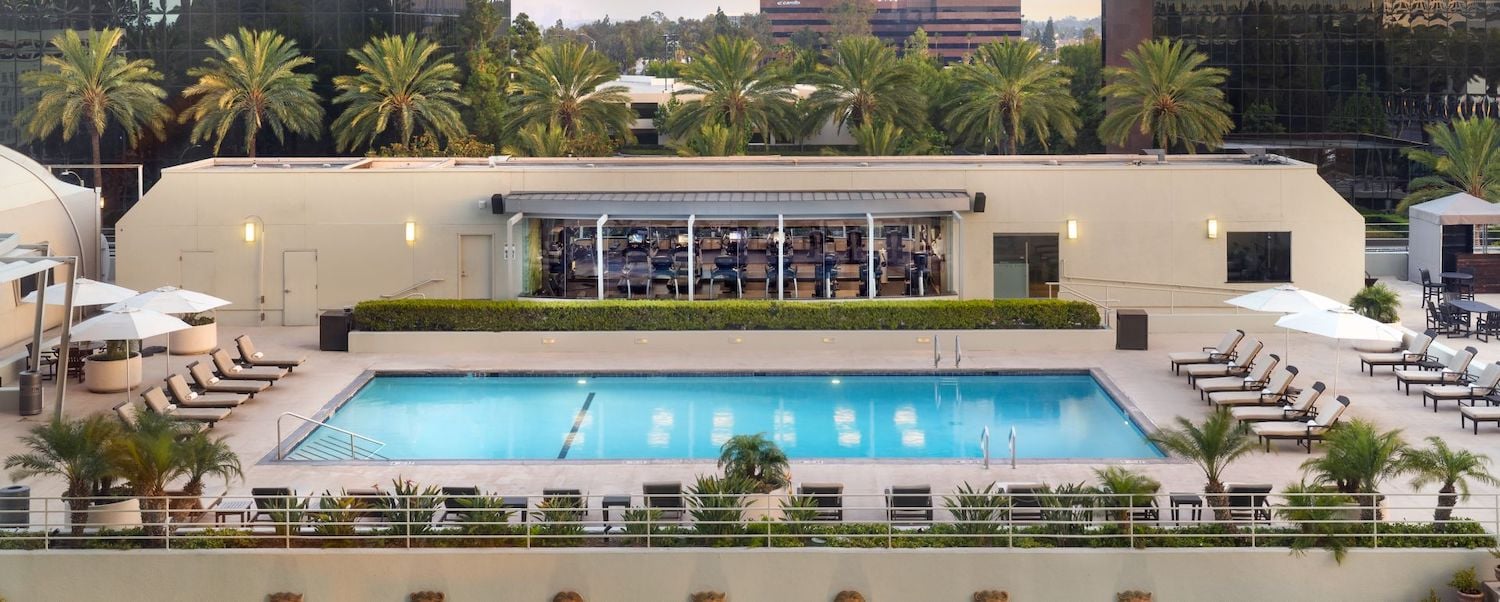
House on a Hill: A Compact Cedar Cube with Expansive Views
In the heart of New York’s Hudson Valley, House on a Hill by FORMA Architects rises like a sculptural cedar cube amid acres of rolling greenery. Its vertical form and modest 700-square-foot footprint make it a study in efficiency and restraint. The darkened cedar cladding softens over time, blending

A Modern Black Cabin Immersed in the Quebec Forest
In the stillness of the Quebec woods, a striking black cabin from Appareil Architecture, stands among tall birch trees, its dark form both bold and quiet. The exterior, clad in vertical metal siding, mirrors the forest’s vertical rhythm while absorbing the shifting light throughout the day. The cabi

Photos: Scripps Memorial Hospital Encinitas’ 2025 Barn Bash
On October 9, the Scripps Memorial Hospital Encinitas Barn Bash raised nearly $800,000 in funds to support the Gerry and Jeannie Ranglas Intensive Care Unit in the new Lusardi Tower at Scripps Encinitas. Attendees donned cowboy hats and boots for a Western-themed event held at Ecke Barn. The evening
Categories
Recent Posts











